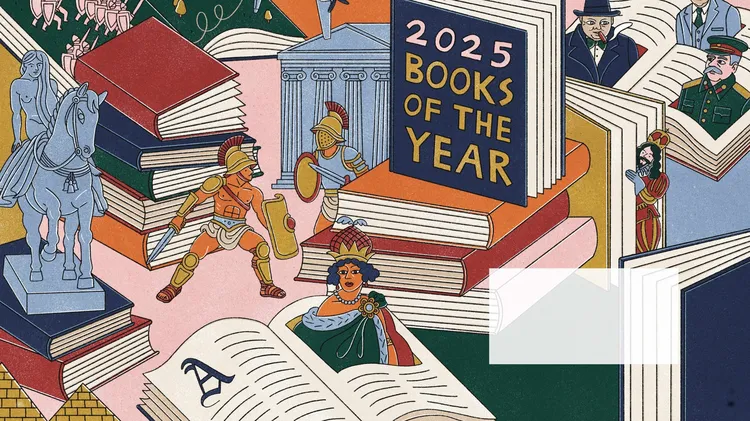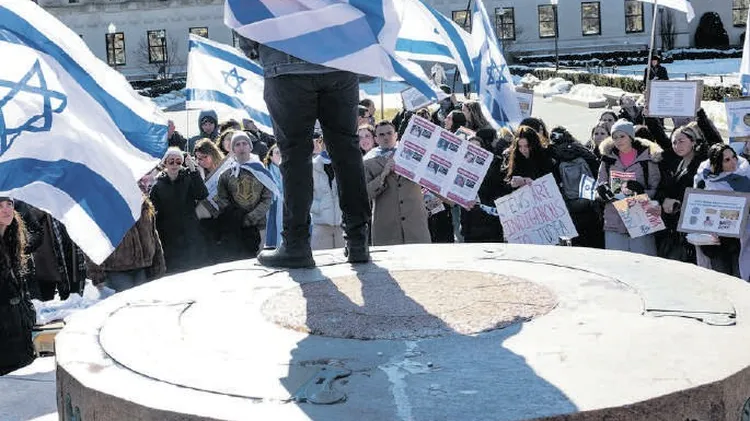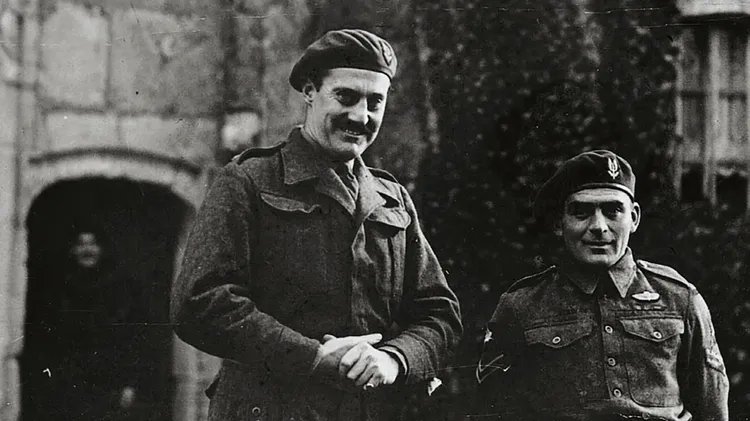Jonathan Scott finds resources for researching the genocide of European Jews dur
The holocaust
4 min read
This article is from...
Read this article and 8000+ more magazines and newspapers on Readly






